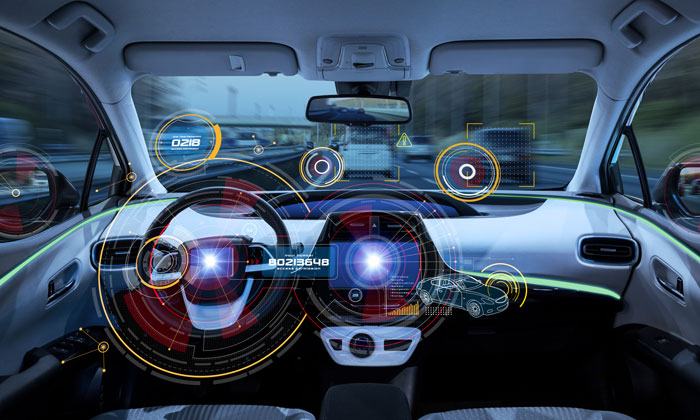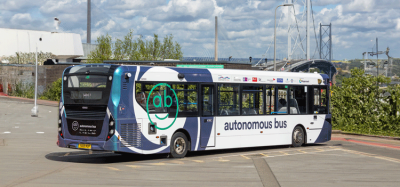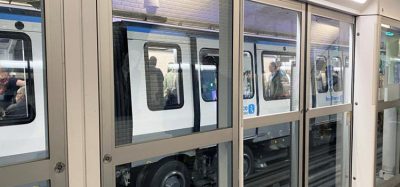Using sensor data crowdsourcing to transform connected car services
- Like
- Digg
- Del
- Tumblr
- VKontakte
- Buffer
- Love This
- Odnoklassniki
- Meneame
- Blogger
- Amazon
- Yahoo Mail
- Gmail
- AOL
- Newsvine
- HackerNews
- Evernote
- MySpace
- Mail.ru
- Viadeo
- Line
- Comments
- Yummly
- SMS
- Viber
- Telegram
- Subscribe
- Skype
- Facebook Messenger
- Kakao
- LiveJournal
- Yammer
- Edgar
- Fintel
- Mix
- Instapaper
- Copy Link
Posted: 23 May 2018 | Intelligent Transport | No comments yet
ABI Research’s ‘Transformative Connected Car Services Built on Data Crowdsourcing’ report illustrates how the number of cars contributing sensor data to ingestion platforms will grow to over 60 million by 2023…


Connected car services are approaching a market inflection point, as datasets from millions of sensor-equipped vehicles are leveraged to enable new and compelling services.
According to ABI Research, OEM revenues from the monetisation of automotive sensor data are expected to reach $706 million, representing a CAGR of 46.8 per cent.
“The crowdsourcing paradigm sits at the epicentre of the major automotive megatrends, with the rapid growth in advanced driver-assistance systems and connected infotainment expanding the installed base of connected and sensor-equipped vehicles to the point of critical mass,” said James Hodgson, Senior Analyst at ABI Research. “By leveraging the experience of the crowd, rich semantic datasets can be used to improve legacy applications such as parking or traffic information services, or to enable brand new use-cases such as user-generated maps for autonomous driving.”
While parallel automotive megatrends are driving the adoption of core enabling technologies, crowdsourcing requires a new level of openness and cooperation across the automotive industry. ‘Coopetition’ allows for the sharing of datasets across OEM and supplier boundaries, progressing the adoption of the paradigm by broadening the real-world experience on which new services are based.
This has driven the development of neutral, third-party platforms for data set ingestion, anonymisation, enrichment and dissemination such as HERE’s Open Location Platform or the data marketplaces of dedicated start-ups like Otonomo and CARUSO. Some OEMs have also begun developing in-house platforms, such as BMW’s CarData platform, launched in partnership with IBM. Outside of cooperative frameworks, some industry players are actively leveraging their massive software presence at the edge to develop new services, for example, Mobileye has announced that from 2018, connected vehicles from Nissan, BMW and Volkswagen will contribute sensor data to the Road Experience Management user-generated mapping platform.
“As OEMs transition into mobility service providers, their revenues will shift from product sales to monetisation of fleet-based assets,” Hodgson concluded. “The crowdsourcing paradigm represents an important first step for OEMs, as they look to maximise the value of their assets for ongoing revenue streams.”
Related topics
Connected & Autonomous Vehicles
Related organisations
ABI Research
Related people
James Hodgson







